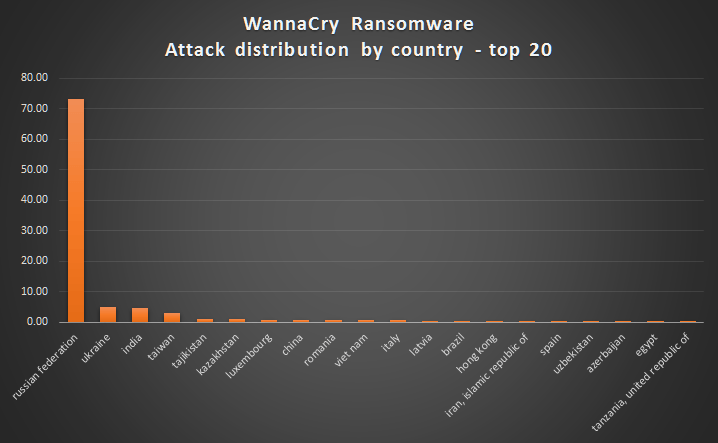Monday, the world woke up to find they were under attack.
Not Aliens. Not Zombies. But a virus called “Wanna Cry” has infected over 200,000 systems in over 150 countries around the world.
The Wanna Be Virus Called “Wanna Cry’’
Wanna Cry is an encryption-based ransomware also known as WannaCry, Wanna Decryptor, WanaCrypt0r 2.0 or WCRY.
The trojan virus, released by the hacker group The Shadow Brokers, initially started attacking Windows computers with the DoublePulsar backdoor.

Once inside the system, the ransomware creates encrypted copies of specific file types before deleting the originals, leaving the victims with the encrypted copies, which can’t be accessed without a decryption key.
Wanna Decryptor then demands ransom in form of bitcoins, which keeps on increasing at a predetermined time, creating a sense of urgency and greatly improving the chances victims will pay the ransom. As of 15 May 2017, a total of 220 payments totaling $59,747.53 had been transferred.
Is There a Way to Stop this Ordeal?
Though Microsoft has released ‘security patches’ for the victim systems, a security researcher @malwaretechblog has accidentally found a ‘kill switch’ which has somewhat slowed down the infection.
How to Protect Yourself?
The safest way to protect yourself is to avoid clicking links from unknown sources. Security experts have strongly recommended all Windows users fully update their system with the latest available patches and anti-viruses. Avast claims it detects all known versions of WanaCrypt0r 2.0, as do other anti-virus software.
The Bottom Line
If we do not discover greater efficiencies to combat pernicious threats like WannaCrypt, the doom of internet is near. If we keep on tolerating the creation and abandonment of insecure software, we can expect to face a far greater cascade of threats that have the potential to cause significant digital and physical damage. And next time, we may not be so lucky.
For stay updated with the latest information about WannaCry and other cyber attacks, stay tuned to 42Works.


